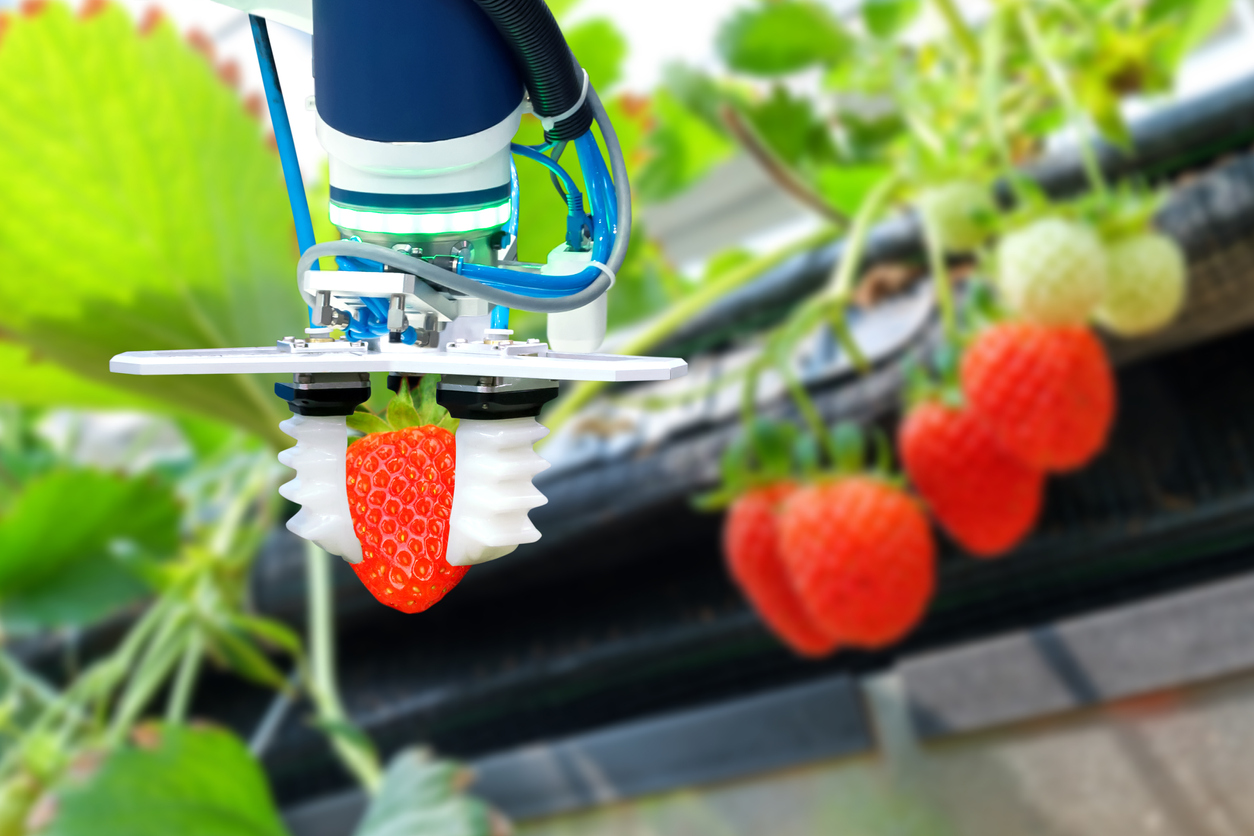AI technology is being developed to tackle malnutrition in care homes

New Artificial Intelligence is being trialled in Canada to track how much food is being consumed by residents in long term care homes in an attempt to reduce malnutrition levels.
The fully automated smart system is being tested by researchers at the University of Waterloo’s Schlegel-UW Research Institute for Aging and the Toronto-based University Health Network.
These researchers include Kaylen J. Pfisterer, Robert Amelard, Heather Keller, Alexander Wong, Audrey G. Chung, Alexander MacLean and Braeden Syrnyk.
The AI technology operates by examining the plates of residents at care homes after they have finished their meals.
The system being developed is called a deep convolutional encoder-decoder food network with depth-refinement (EDFN-D). It features a RGB-D camera which can calculate the volume of different portions and types of food left on a plate.
The foods it can detect include both whole and texture modified foods like mashed or pureed vegetables.
It can track the depth, colour as well as other aspects of these foods to figure out the amount of each food type that has been eaten, as well as the overall nutritional content that has been consumed.
During the trials, the technology was tested out on three meals: a breakfast dish with oatmeal, toast and eggs, a lunch meal consisting of pasta, salad and a cookie, and a dinner of meatloaf, mashed potato and corn.
Normally, care home workers manually take note of what residents eat, but this has been criticised for being subjective and time-consuming, and not providing an accurate estimation about whether residents have eaten enough of the right foods.
Waterloo alumni and postdoctoral fellow at University Health Network, Robert Amerlard, PhD, notes that in-person analysis could result in an error rate of around 50%.
The report suggests the new technology is more transparent, objective and accurate than in-person analysis, and states that it could help improve early detection of malnutrition in patients in the care home and hospital environment.
Researcher Kaylen Pfisterer said in a statement: “Right now, there is no way to tell whether a resident ate only their protein or only their carbohydrates.
“Our system is linked to recipes at the long-term care home and, using artificial intelligence, keeps track of how much of each food was eaten to make sure residents are meeting their specific nutrient requirements.”
Fifty-four percent of older adults living in long term care homes in Canada currently suffer from malnutrition according to the published report on the trial.









